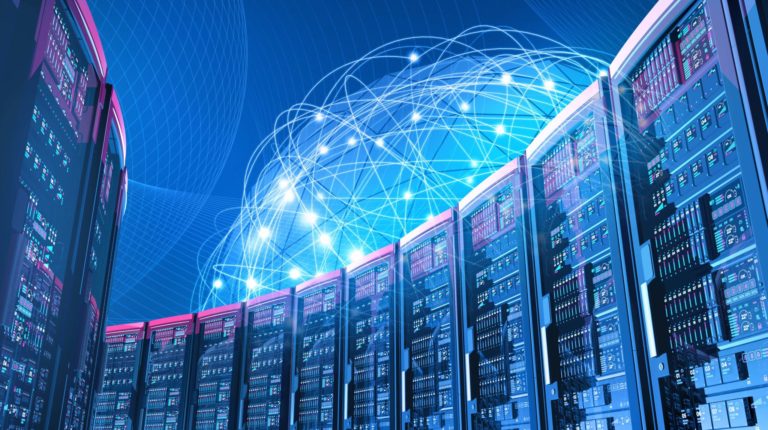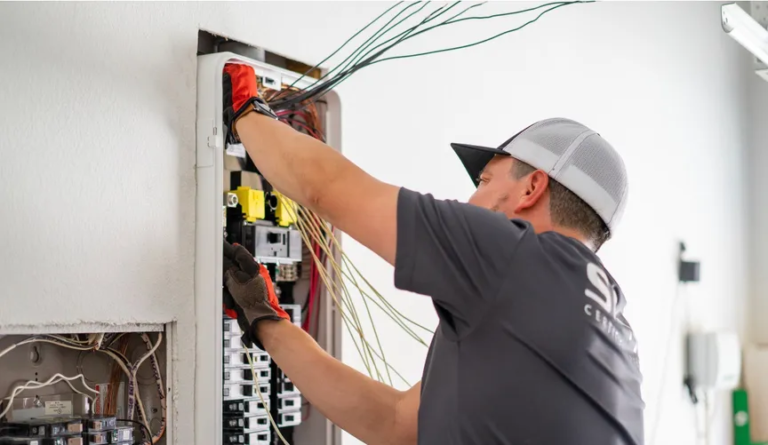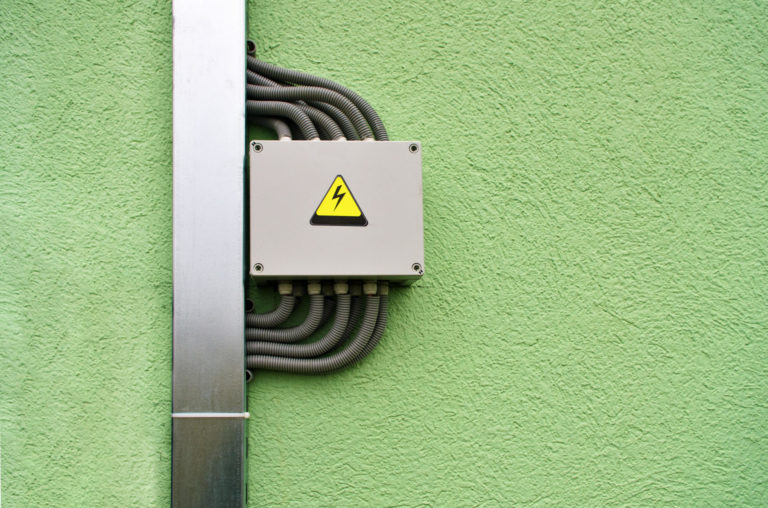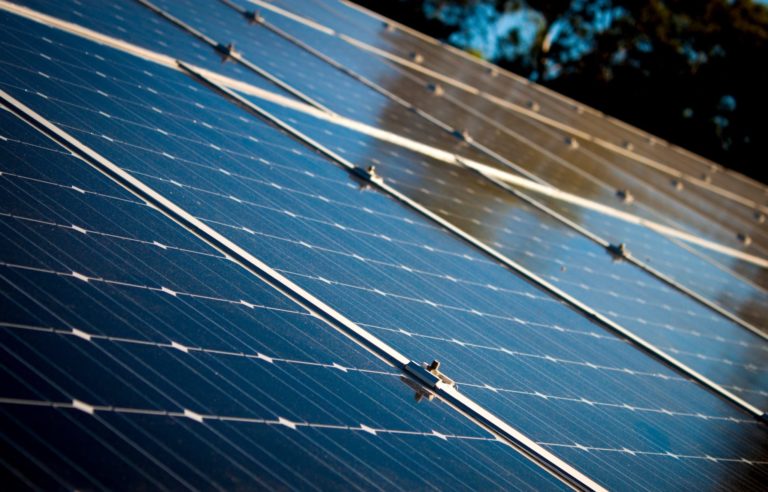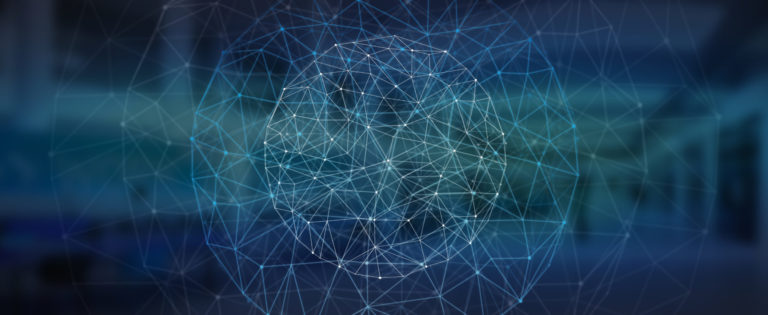August 8, 2019
 By Suzanne Russo, CEO, Pecan Street
By Suzanne Russo, CEO, Pecan Street
Few creatures are more amazing than the octopus. Jet propulsion, RNA-powered camouflage, and magic ink that helps it disappear faster than David Blaine.
But did you know that its neural network is a great model for how to modernize our electric system?
An octopus’s neural network is distributed throughout its body, with a third of its neurology in a centralized cluster and the other two-thirds spread across its tentacles. The neurons within tentacles are responsible for one set of decisions, and the centralized neural network is responsible for overall trajectory, speed, and direction. Check out this great New York Times video about the controlled chaos of octopus arms (vegans, skip the first few seconds). This bifurcated process is perfectly cooperative and complementary and extreme response speed.
How can this help us modernize and decarbonize our electric grid?
To fully optimize our investments in clean energy, distributed energy resources need to respond to the needs of the grid within a few seconds, if not milliseconds. This will allow distributed energy resources to perform like a virtual power plant that can be ramped up and down and that, unlike traditional power plants, can provide smart grid services like voltage stabilization. All of this is critical for phasing out fossil fuels on the timescale required to avoid the worst effects of climate change.
So…imagine an electric system that is built upon a parallel, bifurcated decision-making process that fully optimizes household distributed energy resources for maximum greenhouse gas emissions reductions, improves reliability and resilience, and lowers electric rates.
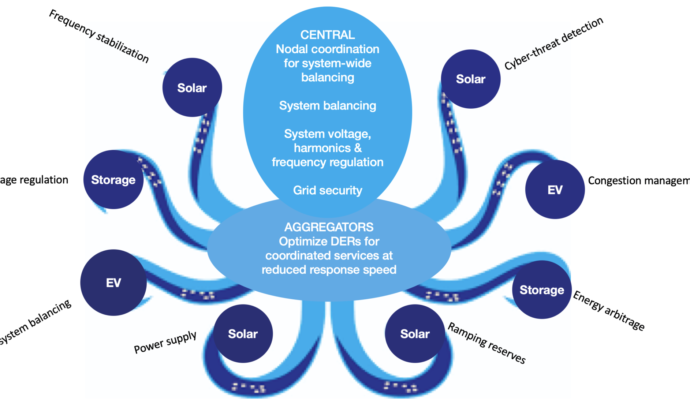 Think of the energy system as three distinct parts that work seamlessly together. The Central Grid, like the octopus’ brain, handles the big-picture tasks like balancing load/supply and voltage regulation. Each distributed energy resource (DER) acts like a tentacle, responding in real-time to grid conditions within a limited set of bounds. The hardware is already in place to do this, and the artificial intelligence that would control decision-making and cybersecurity are under development (here at Pecan Street and at other organizations). A third layer of nodal management would leverage third-party DER aggregators to provide a broader range of services from DERs than what is allowed autonomously by each resource.
Think of the energy system as three distinct parts that work seamlessly together. The Central Grid, like the octopus’ brain, handles the big-picture tasks like balancing load/supply and voltage regulation. Each distributed energy resource (DER) acts like a tentacle, responding in real-time to grid conditions within a limited set of bounds. The hardware is already in place to do this, and the artificial intelligence that would control decision-making and cybersecurity are under development (here at Pecan Street and at other organizations). A third layer of nodal management would leverage third-party DER aggregators to provide a broader range of services from DERs than what is allowed autonomously by each resource.
We know that achieving the kind of emission reductions we’ll need to ward off the worst consequences of climate change will require a more flexible, responsive and sophisticated grid. And that will take new thinking. But when it comes to rethinking our grid, we may have some guidance from natural systems that were designed long before the first watt ever powered a lightbulb.









